Science Museum Excursions in Zurich and Elsewhere
One of the bonuses of living in Switzerland is the ability to visit an abundance of museums specializing in natural and physical sciences, natural history and nature. My kids and I have spent so many Sundays and Wednesdays visiting these amazing centers for curiosity, exploration, knowledge, and fun that it is difficult for me to narrow down which ones to write about. Two of our favorites are focusTerra, an earth science museum at the ETH in Zurich, and the Museums for Zoology and Paleontology (housed together) at the University of Zurich. These centers are free to the public and are beloved by families with children of all ages. focusTerra has the advantage that all exhibits are presented in English as well as German.
focusTerra
focusTerra’s permanent exhibit is located in an architecturally distinct and beautiful three-level white tower located within the building for the study of earth sciences at the ETH (Swiss Federal Institute of Technology). The temporary exhibit is in the massive open court area next the permanent exhibit. If you have time, do plan to visit both exhibits.
The museum caters to families with school-aged children up through the gymnasium level (high school), but I have found that preschool children enjoy it as well. After all, there are huge crystals and rocks to touch as well as wheels to turn. The Omni Globe, a large spherical digital simulation projection, is a magnet for most families. You can track climate change and earth’s plate movements over time – a real treat. If you visit on Sunday, you will be able to participate in free hour-long tours given in German or English. A standard favorite of my boys is the earthquake tour with the added experience of a “jolting ride” in an earthquake simulator – one can truly imagine how a moderate earthquake must feel.
The museum is actually a research center that showcases the scientific topics which are studied in this ETH department, such as the origin of Earth’s magnetic field, life within deep ocean rift systems, climate change during Earth’s history, and the development of metal ores such as copper, in addition to causes of earthquakes. Special attention is given to earthquakes in Switzerland (which happen frequently, by the way). There is even a live seismometer feed to view the earth shaking as it happens. If your kids prefer learning about the origin of planets and meteorites, or the mass extinction events that were catastrophic for life on Earth at the end of the Cretaceous period, then you will feel right at home. And young children like to touch the rock samples and view huge ammonite fossils and quartz crystals that are on display. They can even watch as crystals grow in a large, transparent glass cylinder. The museum offers special activities for children on a regular basis, such as soapstone carving, and there is self-guided tour information on the focusTerra website, as well as workshop information for school classes.
Once you have finished touring the permanent exhibit, head over to the adjacent special exhibit, which is called Earth’s Treasures: How We Use and Value Mineral Resources. This exhibition will run until November of 2016. I have seen it twice so far and highly recommend it. I went once on a special guided tour about mining of metals such as copper and once on my own with my youngest son and husband. The entire exhibit is partitioned according to topic and represented on a color-coded exhibition overview (English and German). The main topics are resource formation, mining, society and resources, resource products and consumption and subsurface resources. School children have heard about sustainability, waste and recycling, mining, and perhaps even fracking. The exhibition deals with these topics in a very approachable and fun manner; our son loved it!
There are enough hands-on and experiment-type exhibits to keep children entertained while they learn, and the high quality and sophistication of the presentations make the museum enjoyable for parents. Or, if you are like me, you might like the hands-on stuff, too! For instance, you can determine how much petroleum goes into producing chewing gum or a tennis shoe using an ISBN scanner. See how much water is used to produce a laptop computer; or watch the metal mercury cycle experiment, which shows mercury as it changes from vapor to liquid and then to solid before your eyes. I also found it fascinating to learn about one of the most dangerous professions in the world: mining, and the patron saint of miners – Saint Barbara.
There are free tours at the museum in English and German on Sundays and Wednesdays (usually) at 11:00, 13:00, and 15:00. The museum is closed on Saturday. Also note that the special exhibition will be closed from: March 2-5, 2016 and May 31 to June 18, 2016.
Zoology and Paleontology Museum
Just down the street from focusTerra, is the Zoology and Paleontology Museum. This is a great one to visit with both toddlers and school-aged children. You will also be welcome with your stroller! As its name implies, it houses some amazing marine dinosaur fossils like Paraplacodus and Ceresiosaurus, the oldest fossil recovered in Switzerland, and other significant reptile and marine fossils recovered from the Monte San Giorgio UNESCO World Heritage Site in southern Tessin. There are also fossils recovered from the U.S., such as the saber-toothed tiger removed from the Badlands of South Dakota. Children especially like the life-size fossil restorations of an Ice Age mammoth and giant Irish elk, which can be viewed next to the small theatre (which relays information about the last glaciation for instance, in German).
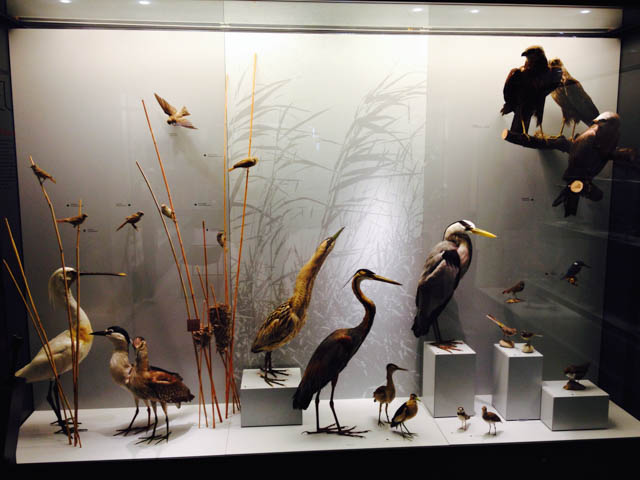
Another area enjoyed by young children is the display of native birds (taxidermy) set within their habitats. You can even listen to their individual bird songs with headphones. A favorite experience of my boys has been looking at specimens from different insect families using microscopes. The museum has four circular tables devoted to this-and an exhibit for discerning how different insects have evolved different mouthparts depending on the type of nutrition they use. The mosquito model is a favorite! There are also activities available like making an animal mask, and a coffee/lounge area to relax with an adjacent play area for kids. There is also a gift shop. The museum is open from Tuesday through Friday, 9:00 to 17:00 and on Saturday and Sunday from 10:00 to 17:00. Admission is free.
Text and photos by Dr. Teresa Müller
Teresa is an earth scientist and instructor by education and an avid traveler and adventurer by nature. She has three sons ages 32, 19, and 16.
Other stellar natural history and nature museums are located in Frauenfeld, St. Gallen, Basel, and Aarau and are listed below. The museum in Frauenfeld is also free to the public, whereas the other museums charge small fees depending on age.
Basel: The Natural History Museum of Basel: Archive of Life (Naturhistorisches Museum Basel, Augustinergasse 2, 4051 Basel). Has great collections about extinct fauna such as Ice Age mammoths and saber-toothed tigers, as well as recent extinctions like dodo birds; metamorphosis is characterized with artistic beauty and scientific accuracy. Definitely worth a trip to Basel! Special exhibit until April 3, 2016: Wildlife Photographer of the Year. Free for children under 13 years of age.
Winterthur: Naturmuseum Winterthur (Museumstrasse 52, 8400 Winterthur). Love the 19th-century replica of a ship expedition voyage to collect specimens. Makes you think of Darwin heading out to explore the Galapagos Islands! SFr.5 for adults, free for children.
Aarau: Naturama (located close to the main train station). Interesting exhibits about greenhouse gases; you can determine your ecological footprint; nice biotope. There is a kids’ club with activities such as evening tours through the museum with flashlights. Adults pay SFr.11, youths SFr.6 and children ages 6 to 12 pay SFr.3. Children under the age of six are free. Click here for more details.
Frauenfeld: Naturmuseum (located close to the train station). Great exhibits about river ecosystems, life in the Thur valley during Roman times and where bats live. Free to the public, with special tours given on Sundays (in German). Current special exhibit: Fresh Water: Source of Life.

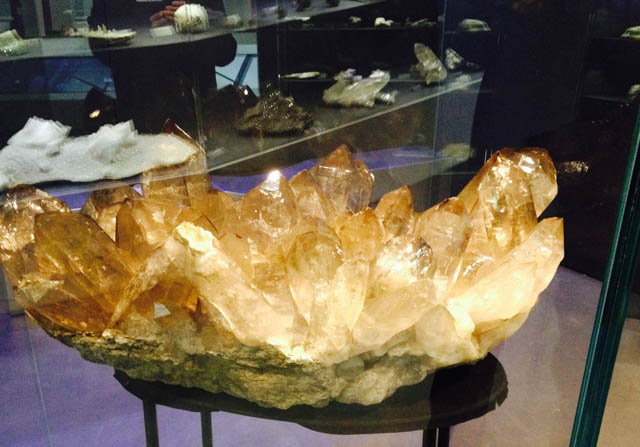
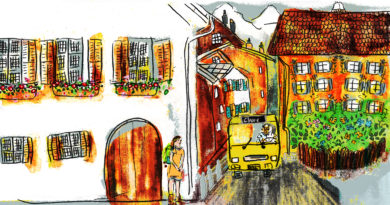
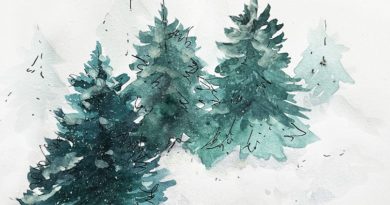
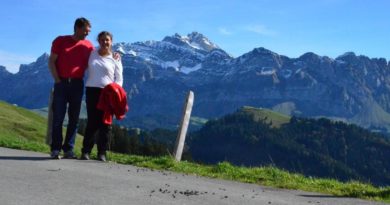
Super info! I plan on visiting a few of these museums soon.
Thanks Mary! Hope you enjoy them.